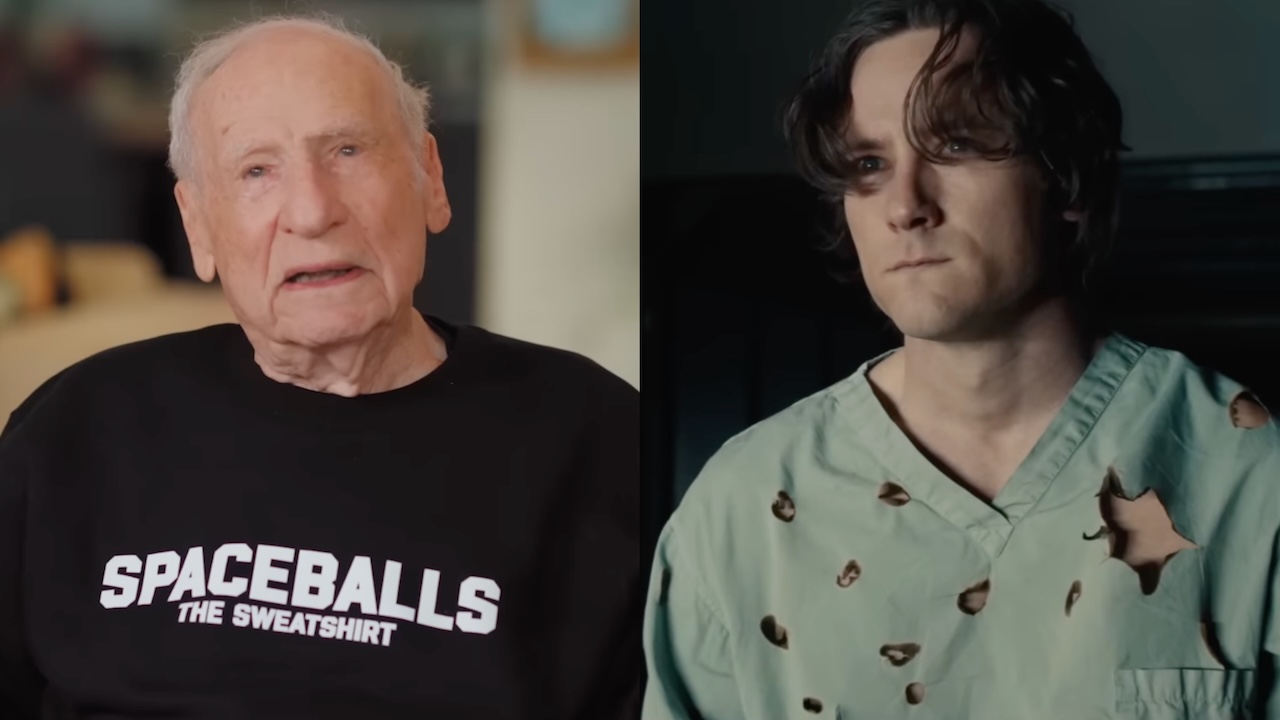My Day At Sony Animation Or: How I Spent A Few Hours Torturing A Smurf

Growing up there were few things I loved more than cartoons. Lake many kids born in the late 80s, I’d come home from school and spend my weekends watching hours and hours of Rugrats, Doug, Rocko’s Modern Life, Ren & Stimpy and Hey Arnold. I’d spend time in art class trying to draw my favorite characters and spent time at recess messing around with my friends trying to imitate the weirder voices. Needless to say, I was an obsessive little bastard.
As obsessed with cartoons as I was, however, and as much time that I spent illustrating and impersonating the characters, there was an underlying truth: I really sucked at it. All of my drawings with totally out of proportion and I could hardly draw a straight line. Even Oblina from Aaahh!!! Real Monsters, who is basically an upside-down black-and-white candy cane with eyes, was beyond my skills. Then there’s the fact that I have no performance skills whatsoever and even when my voice became deeper as a result of a tonsillectomy it was still boring and ordinary. As Langston Hughes would say, my dream was deferred, but luckily I work in an industry that affords me some pretty awesome opportunities.
As I mentioned yesterday, a few weeks back I was invited to head down to Sony Pictures Animation to not only interview The Smurfs stars Hank Azaria and Jayma Mays as well as director Raja Gosnell and producer Jordan Kerner, but had the chance to both animate my own Smurf and hop in a recording booth to voice one of the characters. While I’ll be posting the second of my two interviews later tonight, read on to learn about my attempts – and ultimate failures – to bring a Smurf to life.
Following the interviews, a small group of other journalists and I were brought into a computer lab and briefly instructed how to animate our own Smurf. Using a 3D animation software called Maya, all of our screens featured a Smurf standing still on a grey background. We were then told to click and select one of the Smurf’s body parts, move it, and save it on the timeline at the bottom the screen. For example, selecting a spot towards the end of the timeline, I’d take the Smurf’s arm, drag it away from the body, and record the image in that position. Surprisingly simple in concept, after pressing play, the Smurf would move its own arm so that at point A it would be resting by the Smurfs side, and at point B the arm would be away from its body. Notice how I said “simple in concept” instead of “simple in execution.” It turns out that subtle movements are the best kind of movements in animation, a lesson that I learned when my Smurf’s leg suddenly buried itself 30 feet into the ground when I tried to make the creature jump, and its fist went through the skull in an attempt to simulate a wave. By the end of the experiment, I imagined that the Smurf whispering “Kill me!” much like Ripley’s clone in Alien: Resurrection.
Following Smurf Torture 101, our intrepid little group made our way one-by-one into another building on the lot so that we could enter the recording studio. Given two clips to choose from – one featuring Smurfette trying on a new dress and the other featuring Clumsy Smurf having one of his bad streaks of luck – my first instinct was to turn the only female in Smurf Village into a deep-voiced transvestite, but ultimately decided to stay within the boundaries of my own gender. All of us were given a warm-up with subtitles on the screen, and then told to wing it. Below you will find my interpretation of Clumsy Smurf:
Driving home later that day I found myself smiling. It wasn’t because I had maimed an innocent, peace-loving cartoon. It wasn’t because I had made Clumsy Smurf swear up a storm while being chased by a dog and curse his name as he fell into a toilet. I smiled because even as a child I knew my limitations and wasn’t dumb enough to spend thousands upon thousands of dollars at an art school, performance or otherwise, trying to expand on skills that I clearly don’t have.
Your Daily Blend of Entertainment News

Eric Eisenberg is the Assistant Managing Editor at CinemaBlend. After graduating Boston University and earning a bachelor’s degree in journalism, he took a part-time job as a staff writer for CinemaBlend, and after six months was offered the opportunity to move to Los Angeles and take on a newly created West Coast Editor position. Over a decade later, he's continuing to advance his interests and expertise. In addition to conducting filmmaker interviews and contributing to the news and feature content of the site, Eric also oversees the Movie Reviews section, writes the the weekend box office report (published Sundays), and is the site's resident Stephen King expert. He has two King-related columns.
